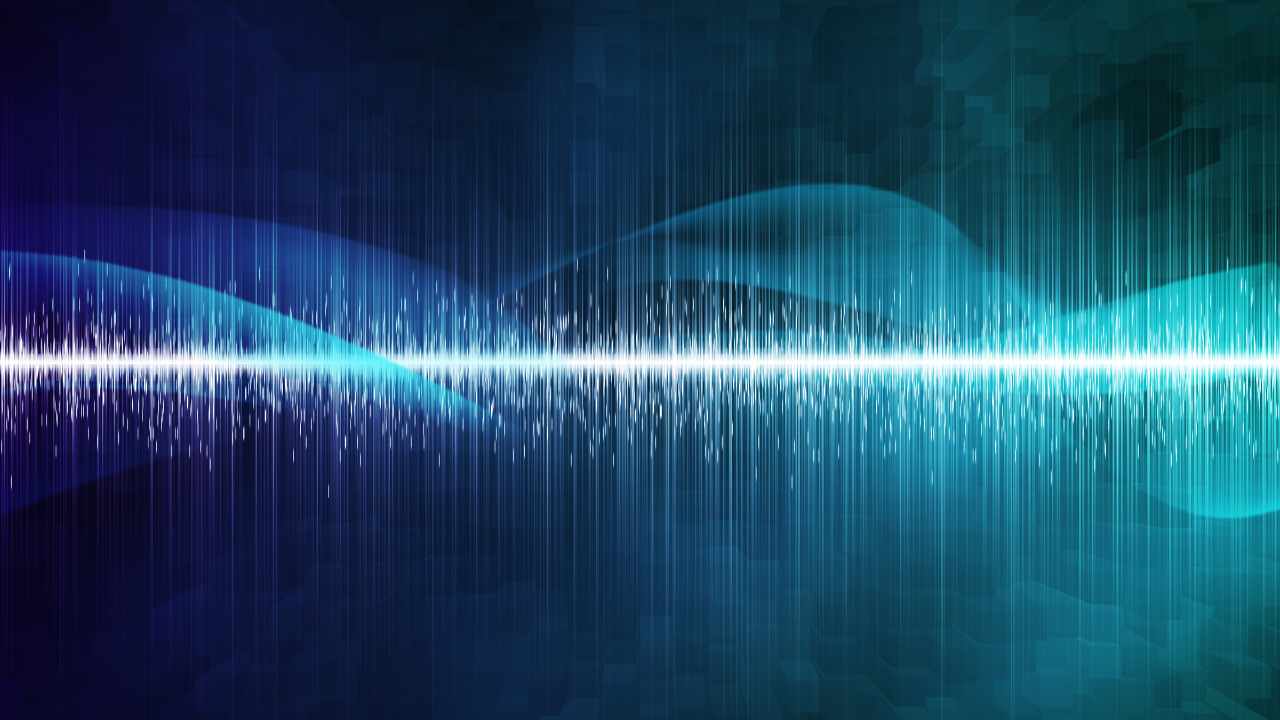The Interplay of Smart Manufacturing Technologies: IIoT, Industry 4.0, and AI
Ahmed Rezika, SimpleWays OU
Posted 1/7/2025
The Interplay of Smart Manufacturing Technologies: IIoT, Industry 4.0, and AI.
Let’s explore this fascinating evolution chronologically. These concepts are deeply intertwined, but they emerged at different times and gradually converged.
Traditional IoT came first, emerging in the late 1990s and early 2000s. It began simply with the idea of connecting everyday devices to the internet – think of early smart home devices and connected sensors. This laid the groundwork for everything that followed.
Then, Industry 4.0 emerged as a concept around 2011, introduced by the German government n at the Hannover
Fair [1]. It envisioned a fourth industrial revolution built on cyber-physical systems. This is where things get interesting – while IoT was focused on consumer applications, Industry 4.0 sparked the development of IIoT (Industrial Internet of Things) as its technological backbone.
IIoT took the principles of IoT but adapted them for industrial use cases, with a much greater emphasis on:
– Reliability and uptime
– Security and data protection
– Integration with existing industrial systems
– Real-time monitoring and control
– Predictive maintenance capabilities
The relationship between these technologies became cyclical and mutually reinforcing. Early AI applications in manufacturing were limited by lack of data. But as IoT and IIoT devices proliferated, they generated massive amounts of data that made AI applications more powerful and practical. In turn, AI’s capabilities made IoT/IIoT devices more valuable by:
– Making sense of complex sensor data
– Enabling predictive maintenance
– Optimizing production processes
– Improving quality control
– Enabling autonomous decision-making
Let’s delve deeper into this evolution. We shall explore specific use cases where these technologies intersect, and discuss how AI is currently transforming IIoT applications in manufacturing.

IIoT, Industry 4.0, and AI: A Revolution for the Few?
The convergence of IIoT, Industry 4.0, and AI is expected to be one of the most significant technological transformations in industrial history. McKinsey’s 2021 report “Leveraging Industrial IoT and advanced technologies for digital transformation” [3] stands as a cornerstone reference for navigating this complex landscape. This transformation fundamentally relies on IIoT implementation, Industry 4.0 principles, and AI-driven decision-making. The report presents a balanced perspective: while highlighting how IIoT enhances operational efficiencies and customer experience in production and logistics, as demonstrated by early adopters, it also acknowledges that few organizations have successfully scaled their IIoT-enabled use cases to achieve substantial operational or financial benefits.
What began as a revolution for the few is rapidly democratizing. With the IIoT market’s exponential growth, declining sensor and cloud costs, emerging success stories, and OEM manufacturers increasingly supplying IIoT-enabled machines and production lines, this digital revolution is breaking free from its initial exclusivity. Yet, technology alone accounts for less than one-third of successful implementation, with the majority dependent on process refinement, organizational adaptation, and capability transformation.
The journey of capability transformation weaves together human and organizational elements in an intricate tapestry. Human capability transformation serves as the foundation, where workforce development transcends basic skill acquisition to encompass fundamental shifts in mindset and behavior. As employees develop new competencies, enhance their decision-making abilities, and deepen their technical expertise, they create ripples that transform the entire organizational fabric. These human-driven changes naturally flow into organizational and system capability transformation, reshaping processes, technological infrastructure, and institutional knowledge in their wake.
In practical terms, this transformation manifests as a coordinated evolution of people and systems. Human transformation sees staff mastering digital tools while managers develop new leadership approaches suited to a digital age. Teams learn to embrace agile methodologies and autonomous operations, while building essential data literacy. These human advances catalyze system transformation, driving the implementation of new software, modernization of IT infrastructure, and integration of automated workflows.
Like a rising tide that lifts all boats, the most successful capability transformations elevate both human and system capabilities in concert. Organizations must learn to navigate these digital waters with skill and foresight, understanding that the waves of transformation will soon reach every shore of industry. Those who prepare their vessels – their workforce, systems, and processes – will be better equipped to harness these powerful currents of change, while others risk being overwhelmed by the technological tsunami.
As we delve deeper into the technical intricacies of this technological trilogy – IIoT, Industry 4.0, and AI – in the following sections, we’ll explore the foundations of the digital transformation in the rest of this article, and we shall leave the critical challenges that we must address to the next article. This knowledge will serve as your compass as you navigate the sometimes-turbulent waters of technological change, helping you steer clear of hidden reefs while catching the favorable winds of innovation.
Decoding the Digital Interplay: A Journey through a Modern Industrial System
As an early adopter of digital transformation, you may have already experienced or immersed yourself in the digital realm through your role in emerging digital processes. For those yet to embark on this journey, these discussions might seem abstract and disconnected from reality. Even among early adopters, many interact with digital systems primarily through user interfaces, executing required tasks without fully grasping the sophisticated infrastructure behind them. Take, for instance, a simple status display in your control room showing “Production line health: 90%, with predicted equipment failure in 5 days.” Behind this straightforward interface lies a complex web of technologies and processes that transforms raw data into actionable insights.
Let’s follow the journey of data from its birth at a simple bearing temperature sensor, traditionally wired to your PLC or DCS system, displaying a basic temperature reading. When this sensor is replaced with an IIoT-enabled version, it transforms from a single-purpose device into a node in a vast digital nervous system. This smart sensor not only measures temperature but also captures vibration patterns, rotational speed variations, and even acoustic signatures – all streaming continuously at high frequency.
This rich data stream first encounters an edge computing unit, a local processing hub that serves as the first filter in our digital pipeline. Here, the raw sensor data undergoes initial processing – anomalous readings are flagged, data is compressed, and preliminary analytics are performed. This edge processing is crucial, preventing network congestion and enabling real-time local responses. Some of these IIoT sensors might alternatively connect directly to network gateways, especially in less critical applications or where immediate response isn’t essential.
The processed data then begins its journey through the facility’s secure network infrastructure to cloud or on-premise servers. But this bearing sensor’s data is just one tributary in a mighty river of information. It merges with streams of data from countless other sources: production line speeds from PLCs, quality measurements from lab equipment, inventory levels from smart warehouses, maintenance schedules from planning systems, and historical failure data from asset management databases. This convergence creates a rich, multidimensional picture of your entire operation.
At the AI server level, this torrent of data encounters sophisticated machine learning models trained on years of operational data – not necessary to be only from our workplace. These models don’t just analyze the bearing temperature in isolation – they understand the complex interplay between all these variables. They recognize patterns that would be invisible to human observers: how slight variations in raw material properties affect equipment behavior, how seasonal changes impact performance, how maintenance activities influence equipment – as the few minutes after adding grease. The AI correlates current conditions with historical patterns, environmental factors, and operational contexts.
This comprehensive analysis then distills into that seemingly simple status bar in your control room – “90% healthy, expected failure in 5 days.” Behind this elegant simplicity lies a sophisticated digital orchestra: hundreds of IIoT sensors playing their parts, edge computers conducting local symphonies of data, networks carrying these harmonies to AI conductors that interpret the complete performance, ultimately delivering actionable insights to human operators. Each component, from the humble sensor to the sophisticated AI model, plays a crucial role in transforming raw data into operational intelligence.
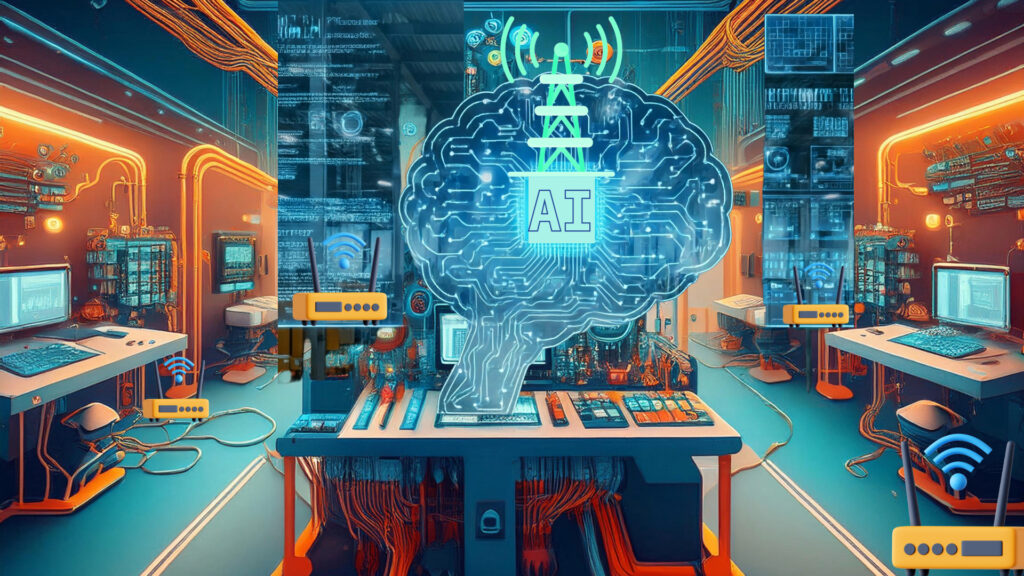
IIoT Lexicon: Key Terms in Our Digital Transformation Journey:
Cloud Computing:
The on-demand delivery of computing power, database storage, applications, and other IT resources through the internet forming a cornerstone of Industry 4.0’s vision of connected manufacturing. The cloud services provide:
- Scalable storage for massive sensor data streams
- Web-based dashboards for monitoring equipment health
- Flexible resource allocation based on processing demands
- Advanced AI/ML capabilities without local infrastructure investment
- Rapid deployment of new IIoT applications and services
- Disaster recovery and business continuity
- Integration of multiple sites and facilities into a unified system
In digital transformation it serves:
- Infrastructure as a Service (IaaS): Provides the virtual machines and storage for our IIoT data processing
- Platform as a Service (PaaS): Offers development platforms for creating custom IIoT applications
- Software as a Service (SaaS): Delivers ready-to-use applications for analytics and visualization
For example, in our bearing monitoring system, cloud services:
- Store and process massive amounts of sensor data streaming
- Run complex AI models based on multiple sensors for failure prediction
- Provide web-based dashboards for remote monitoring
- Enable cross-plant performance comparisons even with historical records
- Facilitate collaboration between maintenance teams
In the Industry 4.0 context, cloud computing enables the “Smart Factory” concept by providing the computational backbone for cyber-physical systems and enabling real-time data-driven decision making across the enterprise.
API Economy:
API Economy is termed as such because it represents a new business and innovation model where APIs (Application Programming Interfaces) become valuable business assets rather than just technical interfaces. In our IIoT context, companies can:
- Monetize their data and services through APIs
- Create new revenue streams by offering API access to their industrial insights
- Reduce development costs by consuming others’ APIs instead of building everything in-house
- Form digital partnerships and ecosystems through API exchanges
For example, in our bearing monitoring scenario, a company might:
- Purchase API access to an advanced vibration analysis service
- Sell API access to their aggregated equipment performance data
- Use APIs to integrate weather forecast services for better prediction models
- Share production capacity data with suppliers through APIs
Industrial Communication Protocols (OPC UA & MQTT)
These complementary protocols form the backbone of IIoT communications. OPC UA provides secure, standardized data exchange between industrial equipment, while MQTT offers lightweight, efficient message delivery for sensor data. In our bearing monitoring scenario:
- OPC UA handles rich data exchange between PLCs and control systems
- MQTT efficiently transmits high-frequency sensor readings to the network
- Both protocols work together: MQTT for data collection, OPC UA for system integration
- They enable seamless communication regardless of vendor or device type
Edge Computing
A distributed computing paradigm that brings computation and data storage closer to the data sources, addressing key Industry 4.0 requirements for real-time processing and autonomous operations.
In our digital transformation, this enables:
- Processes data near its source, reducing latency and network load
- Enables real-time decision making at the machine level
- Provides local intelligence when cloud connectivity is compromised
- Filters and preprocesses data before cloud transmission
In our bearing monitoring example:
- Edge devices process raw sensor data locally
- Immediate anomaly detection triggers rapid responses
- Critical calculations happen without cloud dependency
- Only relevant data is sent to the cloud for deeper analysis
From an Industry 4.0 perspective, edge computing is crucial for:
- Enabling autonomous production systems
- Supporting flexible manufacturing through local decision-making
- Ensuring production continuity even during network issues
- Meeting strict real-time requirements of modern manufacturing
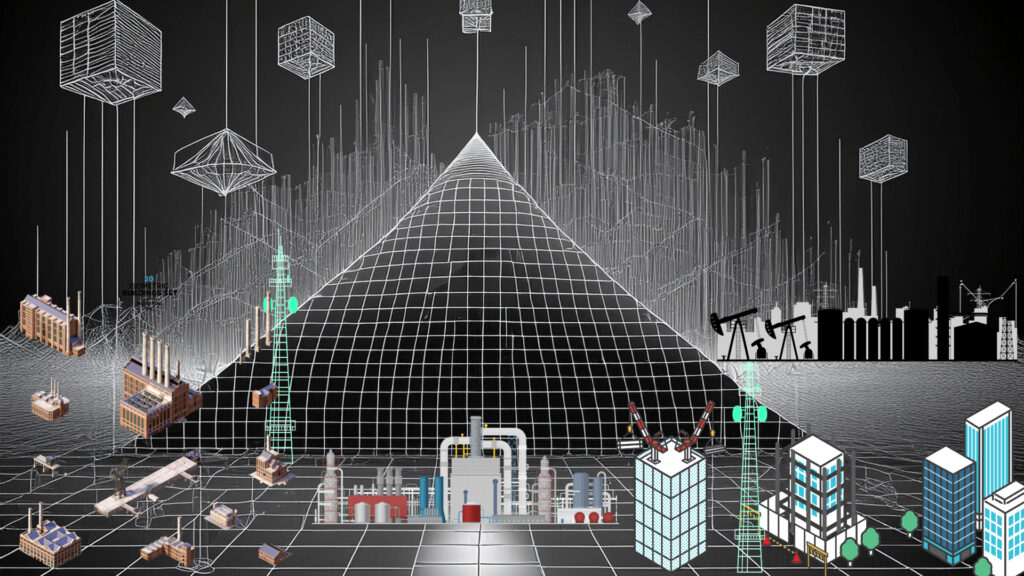
IT/OT integration enabling Predictive Analytics and Condition monitoring convergence
Advanced Industrial Analytics & Monitoring can come true only through the convergence of predictive analytics and condition monitoring. Together they represent a cornerstone of Industry 4.0’s intelligent manufacturing vision. This integration transforms traditional maintenance and operational practices by adding a digital flavor to both:
Predictive Capabilities:
- Advanced algorithms analyze multiple data streams to forecast equipment failures
- Machine learning models identify complex patterns across various operational parameters
- Real-time analysis enables dynamic production optimization
- Historical data trains models to recognize failure signatures before they become critical
Condition Monitoring Elements:
- Continuous real-time equipment health assessment
- Multi-parameter monitoring (vibration, temperature, acoustics, etc.)
- Integration with production quality metrics
- Automated alert generation for developing issues
In our bearing monitoring scenario:
- Vibration patterns combine with temperature trends
- Production speed data correlates with wear patterns
- Quality measurements link to equipment performance
- Maintenance history informs prediction accuracy
IT/OT – Information Technology/Operation Technology Integration Enabling This Convergence:
- Seamless data flow between shop floor and enterprise systems
- Real-time synchronization of operational and business data
- Unified security protocols across all systems
- Single source of truth for all stakeholders
Industry 4.0 Impact:
- Enables truly autonomous maintenance decisions
- Supports flexible manufacturing through real-time adaptability
- Drives the transformation toward zero-downtime production
- Creates a self-optimizing manufacturing environment
- Facilitates predictive quality management
- Enables data-driven business decisions at all levels
When enhanced by artificial intelligence and machine learning, this convergence opens the door to move toward self-healing systems (Futuristic) & towards the integration with digital twin technology
Technology enablers for the digital transformations:
Industrial Gateway
- The network device that securely bridges our shop floor IIoT devices with the broader enterprise network and cloud services, often providing protocol translation and basic data filtering.
Digital Thread
- The complete data trail that connects our bearing’s sensor data with maintenance records, production schedules, and quality metrics, providing full traceability and context for AI analysis.
Time Series Database
- Specialized storage optimized for handling the continuous stream of timestamped data from our bearing sensors and other IIoT devices, enabling efficient historical analysis.
Data Lake
- The vast repository where all our sensor data, maintenance records, and operational parameters are stored in their raw form before processing by AI algorithms.
The Interplay of Smart Manufacturing Technologies: IIoT, Industry 4.0, and AI: Conclusion
The journey from traditional industrial systems to a fully integrated IIoT ecosystem represents more than just a technological upgrade – it’s a fundamental reimagining of how we monitor, analyze, and optimize industrial operations. As we’ve traced the path from a single smart sensor to complex AI-driven insights, we’ve seen how each component plays a crucial role in creating a comprehensive digital nervous system for modern manufacturing. The convergence of IIoT, Industry 4.0, and AI isn’t just transforming individual processes; it’s reshaping entire organizational structures and operational paradigms.
However, this digital transformation journey isn’t without its challenges, particularly when evolving from existing brownfield installations. Legacy systems, some decades old, weren’t designed with digital integration in mind. The next phase of our discussion will delve into these challenges: how to bridge the gap between old and new technologies, manage the security implications of connecting previously isolated systems, and handle the cultural shift required for autonomous team operations. We’ll explore the delicate balance between maintaining operational stability and introducing new digital capabilities.
Moreover, as industrial systems become more connected and intelligent, they also become more vulnerable to new types of risks. The cybersecurity landscape grows more complex with each new network connection, while the dependence on digital systems introduces new potential points of failure. In our upcoming exploration, we’ll examine these risks in detail and discuss strategies for building resilient, secure digital infrastructures. We’ll also address the human element – how to prepare and empower teams to work effectively in this new autonomous, data-driven environment, ensuring that technological advancement serves to enhance rather than replace human capabilities.
References for The Interplay of Smart Manufacturing Technologies: IIoT, Industry 4.0, and AI
1. Madsen, Dag. (2019). The Emergence and Rise of Industry 4.0 Viewed through the Lens of Management Fashion Theory. Administrative Sciences. 10.3390/admsci9030071. https://www.researchgate.net/publication/347552582_The_Emergence_and_Rise_of_Industry_40_Viewed_through_the_Lens_of_Management_Fashion_Theory
2. Michael Fagan, Jeffrey Marron & Others, November 2021, IoT Device Cybersecurity Guidance for the Federal Government, NIST Special Publication 800-213, USA Department of commerce, https://nvlpubs.nist.gov/nistpubs/SpecialPublications/NIST.SP.800-213.pdf
3. Andreas Behrendt, Enno de Boer, others, February 2021, Leveraging Industrial IoT and advanced technologies for digital transformation, McKinsey & Company, https://www.mckinsey.com/capabilities/mckinsey-digital/our-insights/a-manufacturers-guide-to-generating-value-at-scale-with-industrial-iot

Ahmed Rezika
Ahmed Rezika is a seasoned Projects and Maintenance Manager with over 25 years of hands-on experience across steel, cement, and food industries. A certified PMP, MMP, and CMRP(2016-2024) professional, he has successfully led both greenfield and upgrade projects while implementing innovative maintenance strategies.
As the founder of SimpleWays OU, Ahmed is dedicated to creating better-managed, value-adding work environments and making AI and digital technologies accessible to maintenance teams. His mission is to empower maintenance professionals through training and coaching, helping organizations build more effective and sustainable maintenance practices.
Related Articles
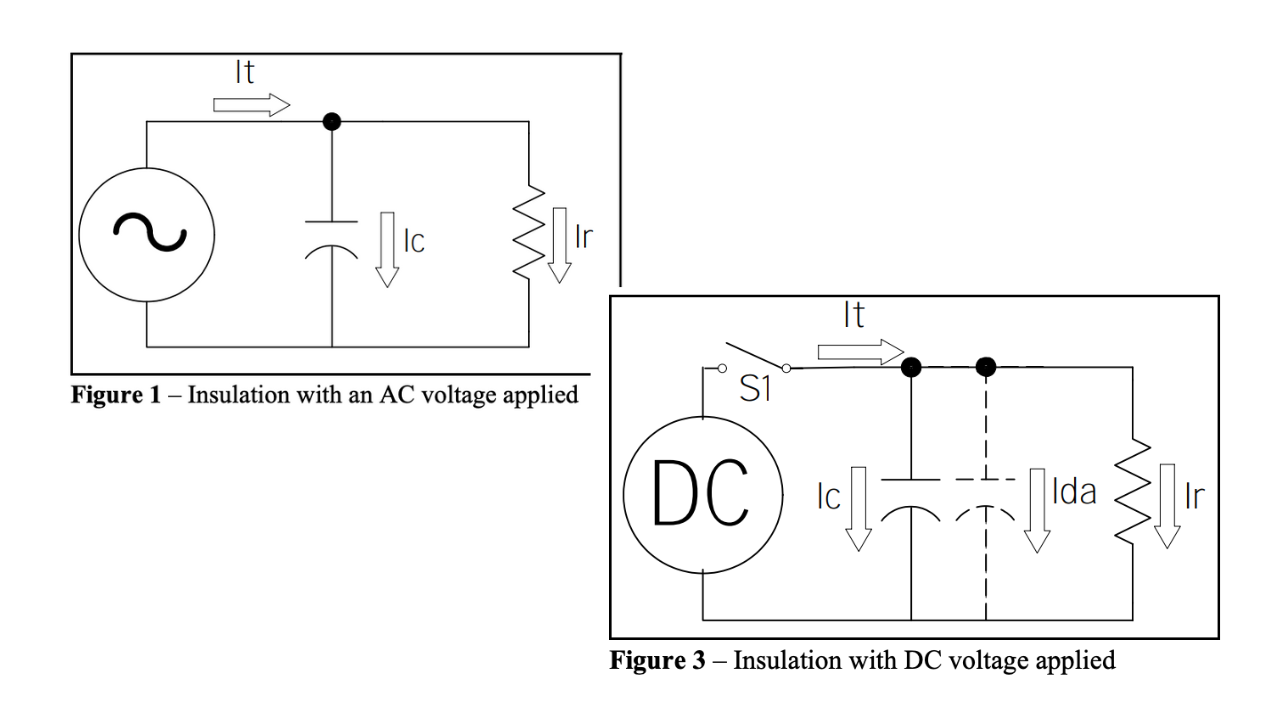
Principles of Insulation Testing
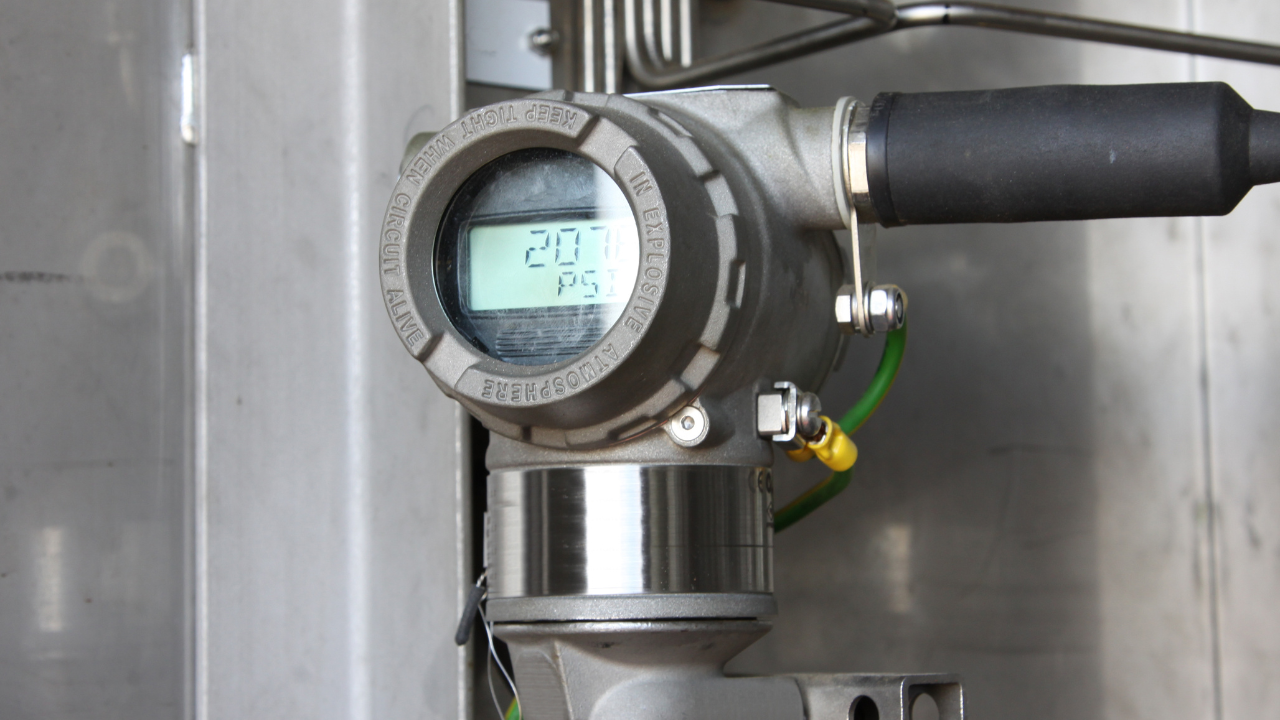
Top Tips for Selecting Pressure Measurement Transmitters
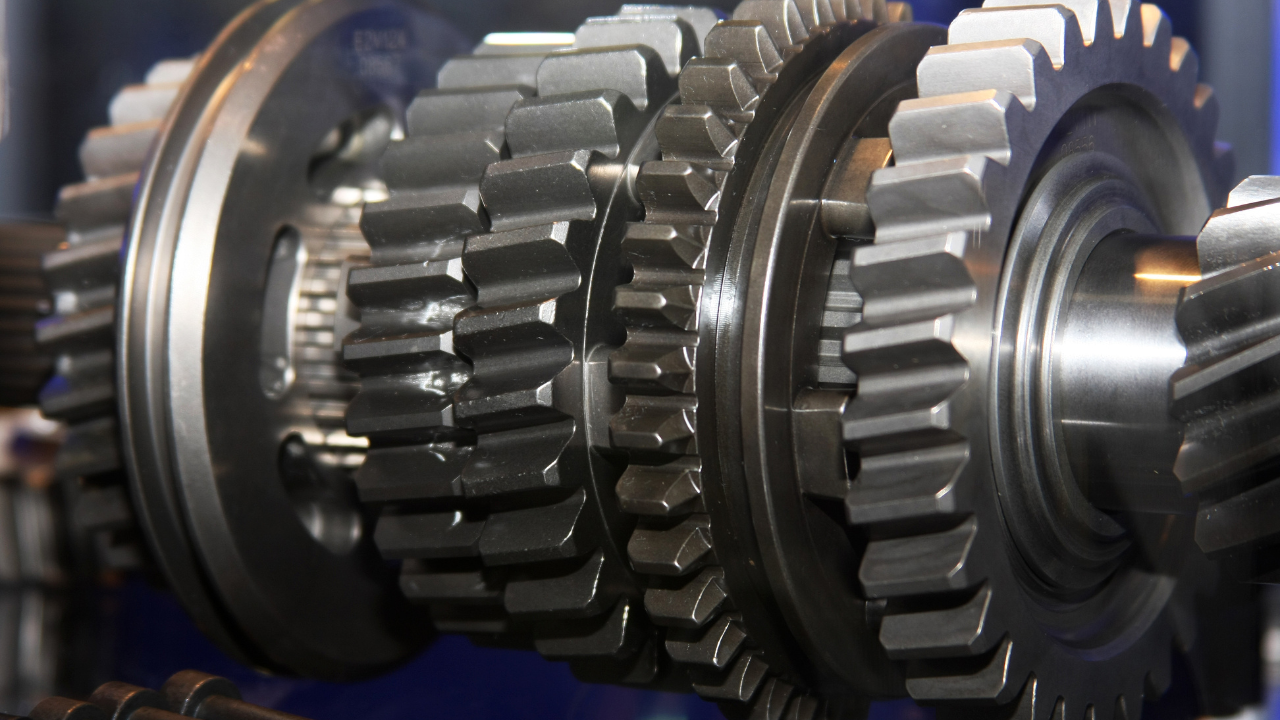
Gearbox Diagnostics Fault Detection
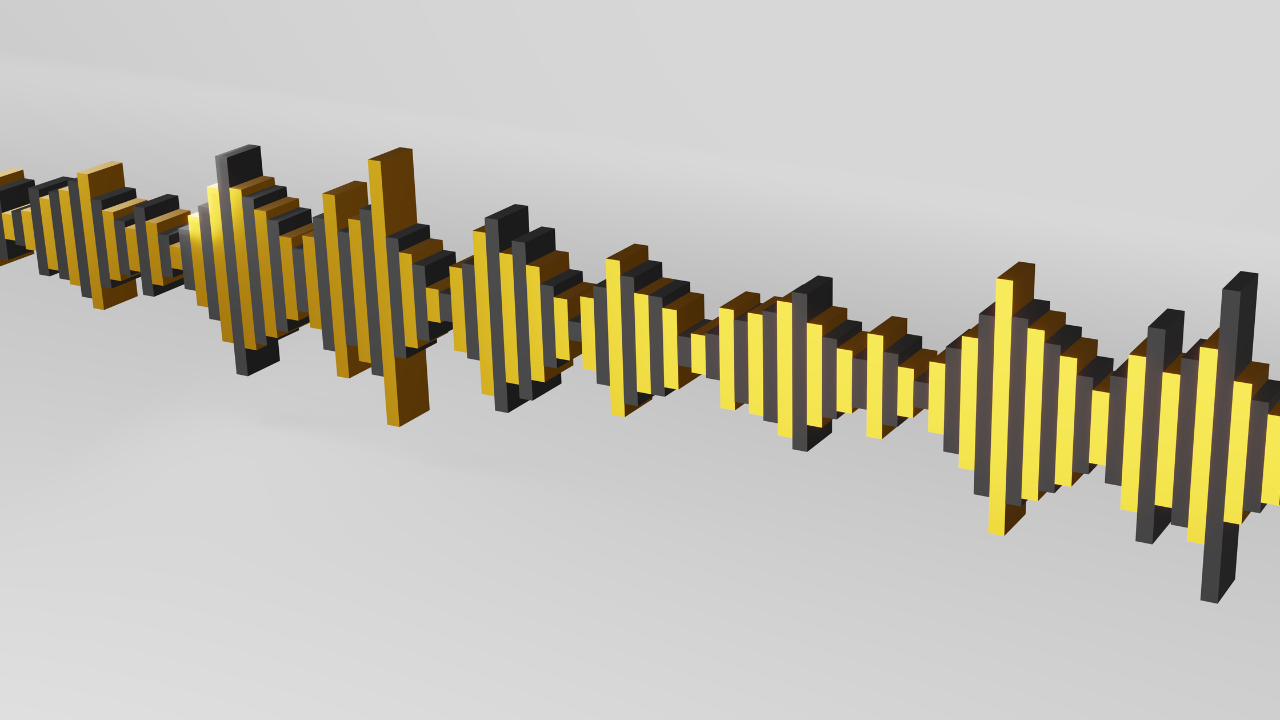
What is Vibration?

Why Record? Infrared Video
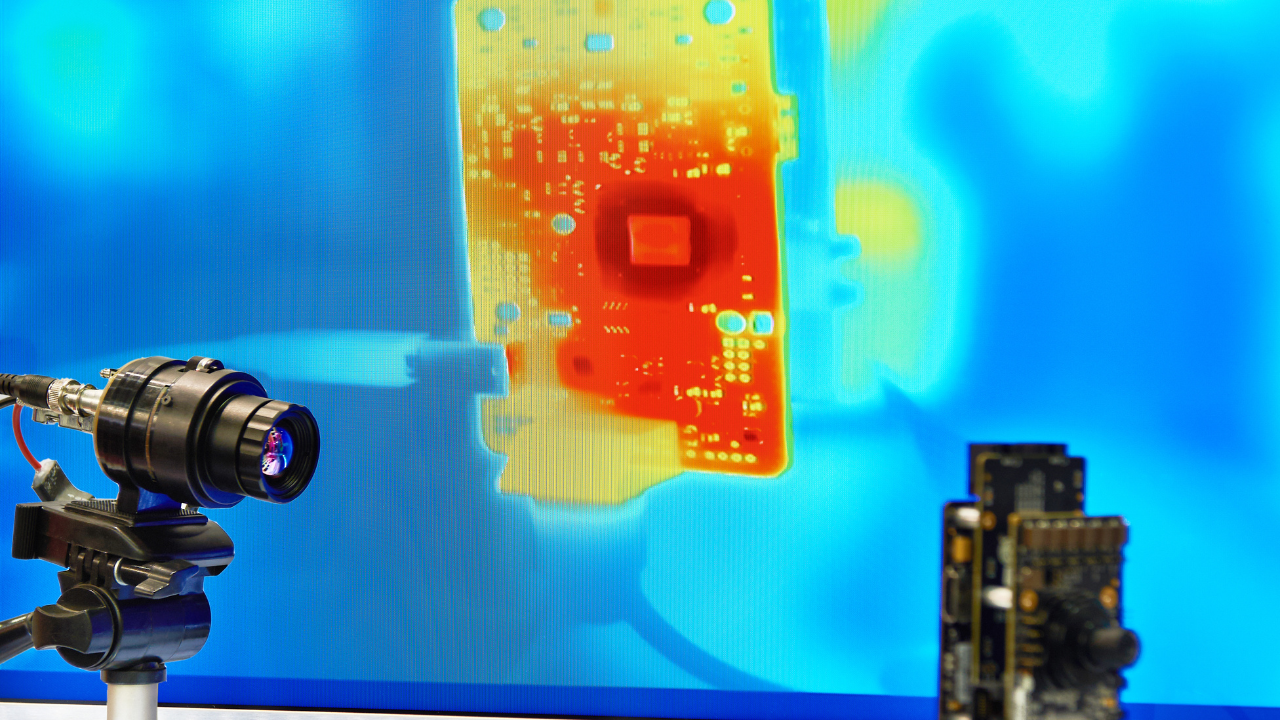
What You Should Know Before you Buy – A Guide to Buying an Infrared Camera
